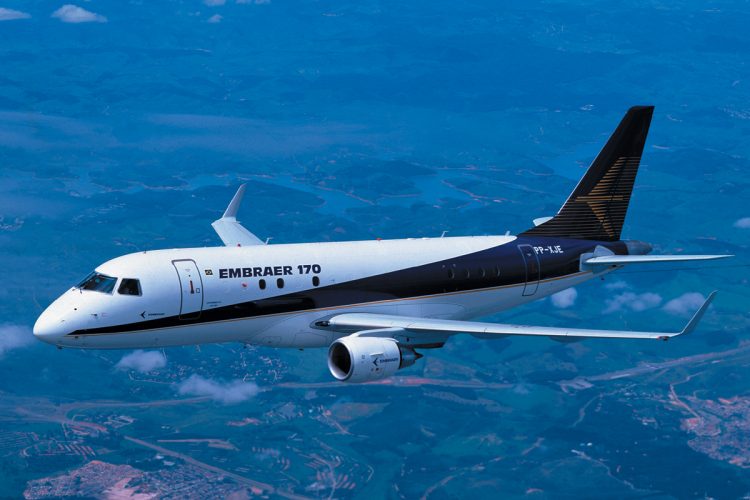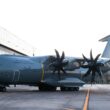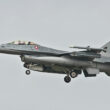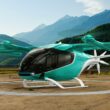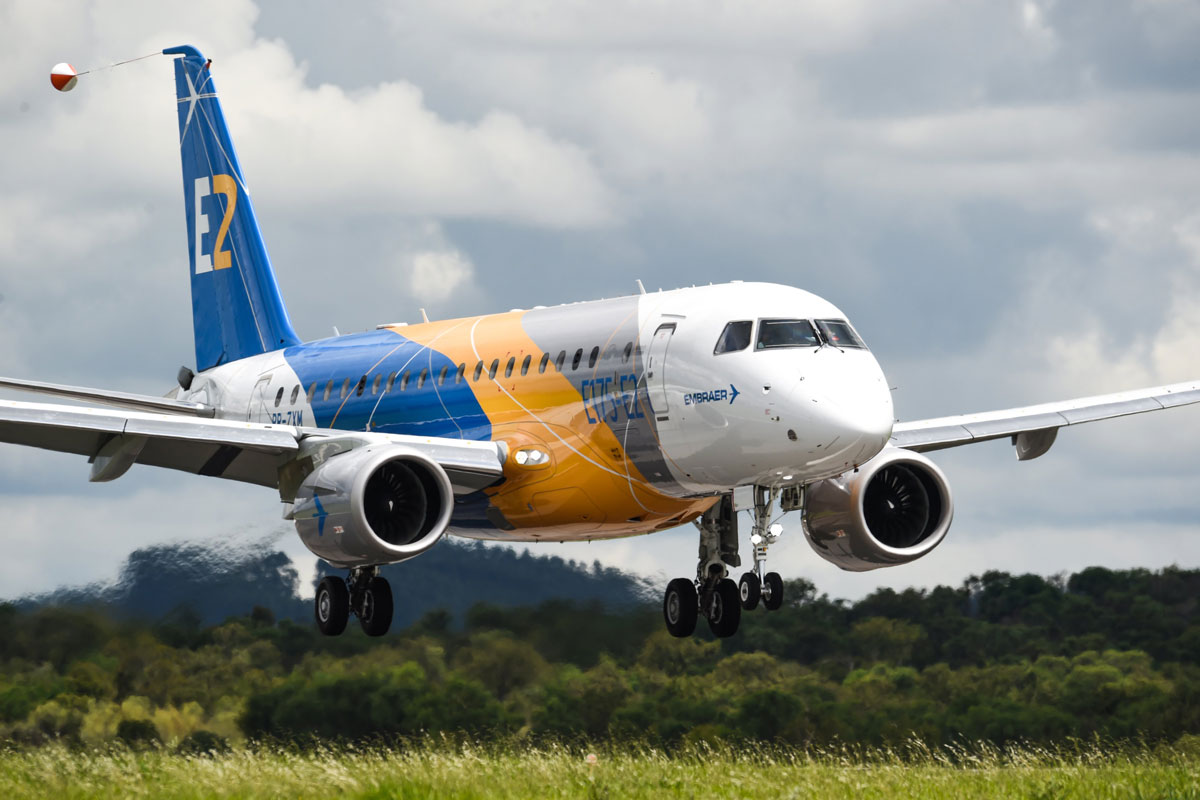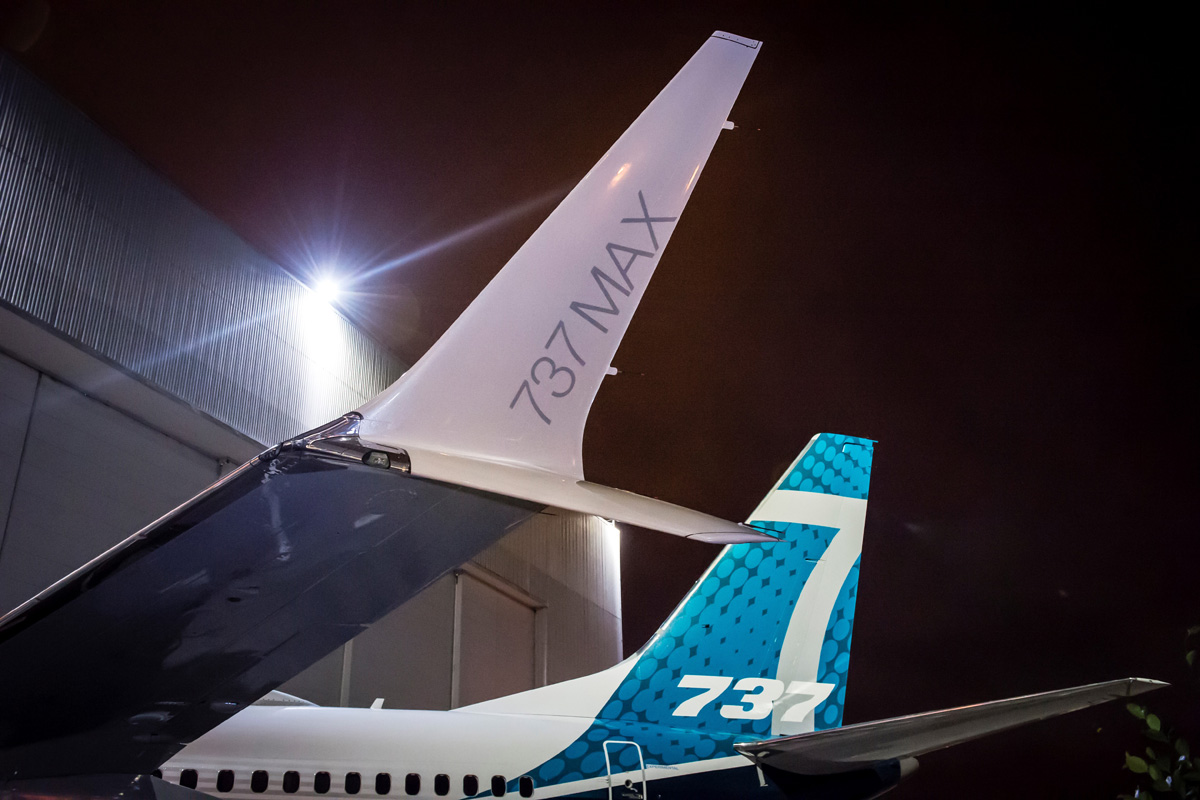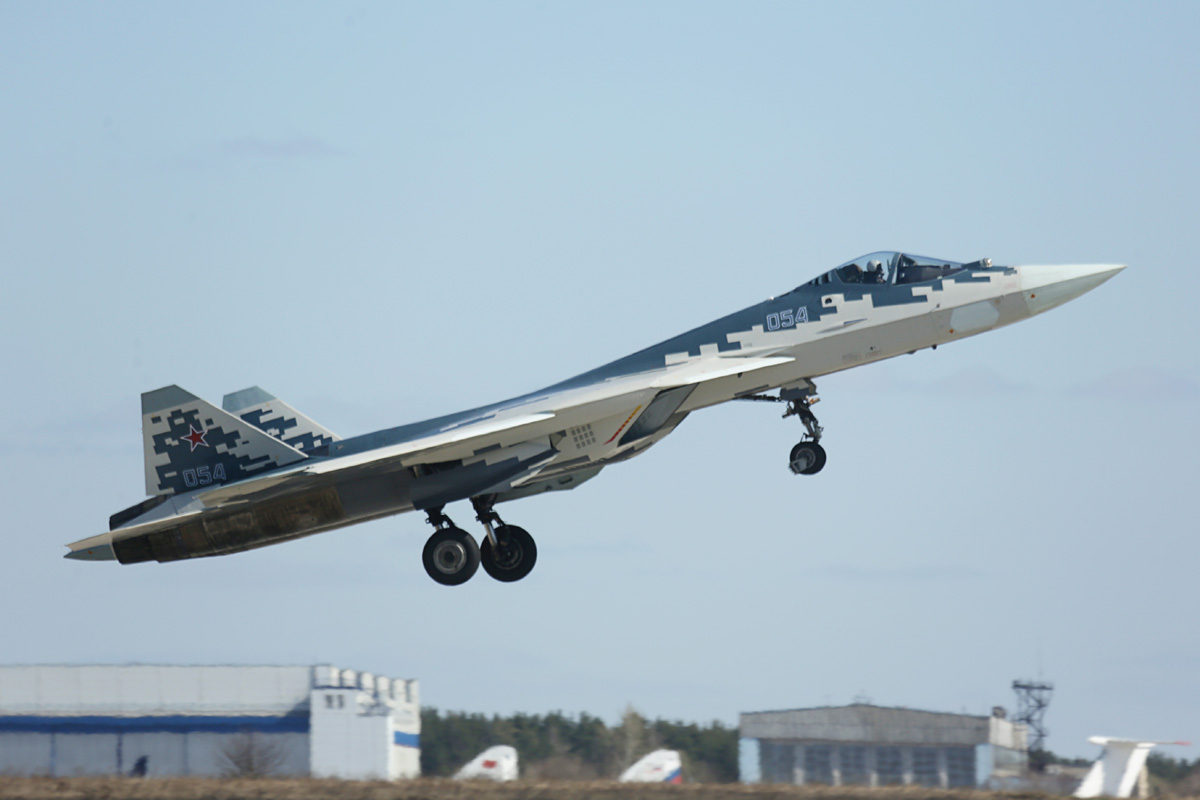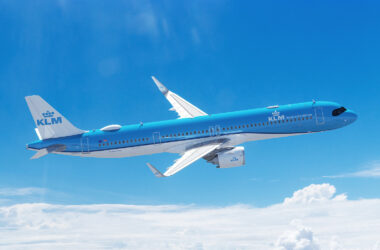Shortly after its debut in service in 1970, the Boeing 747 proved to be an aircraft of unrivaled capacity, but also too large to handle certain routes. At the same time, its initial range was restricted to serve some destinations. Pan Am, which had debuted the four-engine, soon proposed to Boeing the creation of a smaller-capacity, longer-range variant. The manufacturer saw the demand with interesting after all its competitors McDonnell Douglas and Lockheed had launched smaller jets, the DC-10 and the L-1011 TriStar.
It was with this in mind that Boeing launched the 747SP (Special Performance), a shorter aircraft, only 56 meters long, but with a range of 10,800 km, the largest ever offered in commercial aviation until the 1970s.
It seemed like the perfect solution for Boeing to have an intermediate jet between the old 707 and the huge 747-100, but the model was a huge failure despite breaking several records. With the oil crisis, the 747SP proved to be an expensive aircraft to operate with a small capacity and only 45 units were built.
The example of the 747SP reveals an unpleasant fact to leading commercial aircraft manufacturers that, even with in-depth study, they often make mistakes when determining which versions to offer of particular aircraft.
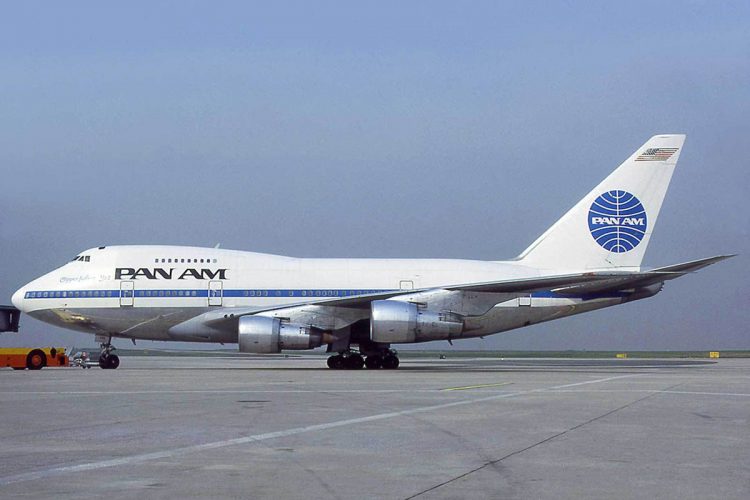
This is a delicate equation that is eventually overcome by changes in the market. Embraer, for example, prioritized the E170 and E190 variants when it launched its new regional jet family in 1997. It was not until later that the E175 was launched that it became the most successful model in the series while the small E170 was just 196 orders. until today.
There are currently several cases of aircraft versions that are due for sale, some of them from successful families like the A320neo. This situation may be reversed, it is true, but it is usually fated to become a rarity at the world’s airports.
Here are the jets that today have little or no interest:
Airbus A319neo
Until November, the A320neo family had an impressive 7,200 orders, but the A319neo variant accounted for only 36 units ordered or 0.5% of the total. But what makes two variants a complete success, the A320neo and the A321neo, and another a flop? In the case of the A319neo, a combination of features such as small passenger capacity and the fact that there are more efficient airplanes like Airbus A220-300 itself. Today the A319neo is basically interesting for governments and corporate use.
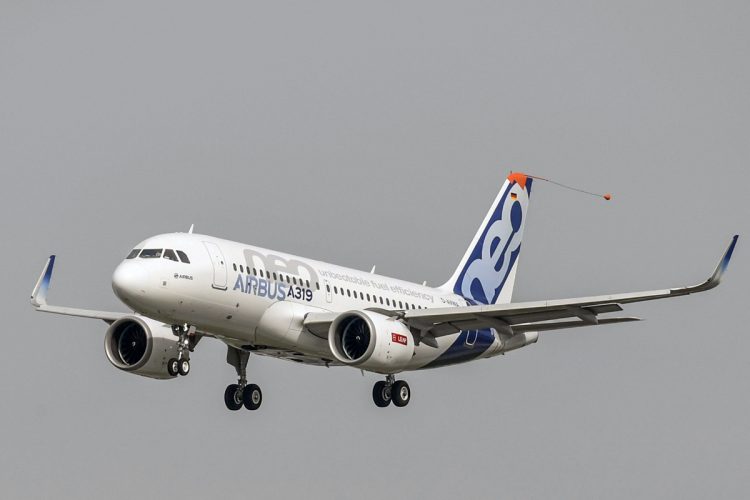
Airbus A330-800neo
The gap between the A330-900neo and the A330-800neo is not as deep as it is with the A319neo, but the smallest variant of the widebody is also owing a lot: just 14 orders against 285 on the -900. Although capable and economical, the A330-800neo has not attracted airlines so far except for Kuwait Airways, Uganda Airlines and an undisclosed customer.
What is surprising is that the A330-800neo has an impressive range of 15,100 km, much larger than the “brother”, and even carries up to 260 passengers. In addition, the Airbus jet is the smallest of the company’s widebodies, and is the natural successor to the A330-200, which has had a good business career.
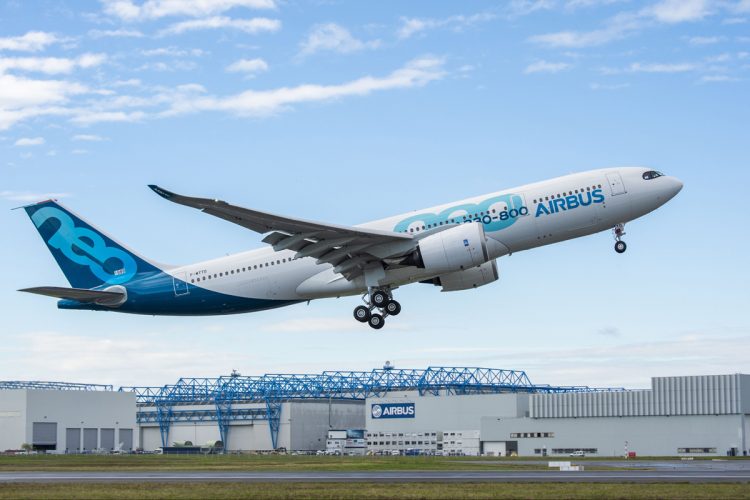
Boeing 737 MAX 7
The 737 debuted in aviation with a passenger capacity that is now poor compared to other recent aircraft, but even growing for decades Boeing’s best-selling jet has been “killing” its smaller versions. First was the -200, then the -600 and now the MAX 7. With only 82 orders, the smallest of the 737 of the current generation suffers from a similar phenomenon to the A319neo, is small and has more efficient and cheaper competitors.
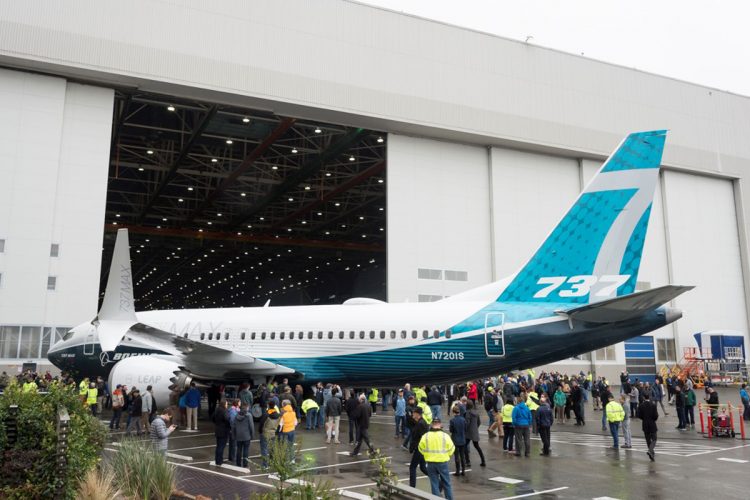
Boeing 777-8
With a range of over 16,000 km, the 777-8 will be able to fly almost all over the planet when it comes into service, but that doesn’t mean much to Boeing. The smallest variant of the new 777X family has so far attracted only two orders, one from Emirates (35 units) and one from Qatar (10 aircraft). However, the Doha-based airline has already admitted that it can convert it to the larger version, 777-9, if their performance is very similar.
Boeing also just lost the dispute for Airbus with the A350-1000, which was chosen by Qantas as an aircraft for ultra long-haul flights. No wonder the 777-8 was suspended until the manufacturer resolved problems with the new widebody engines and was able to deliver the first 777-9. Until then, the future of the smallest 777X remains unpredictable.
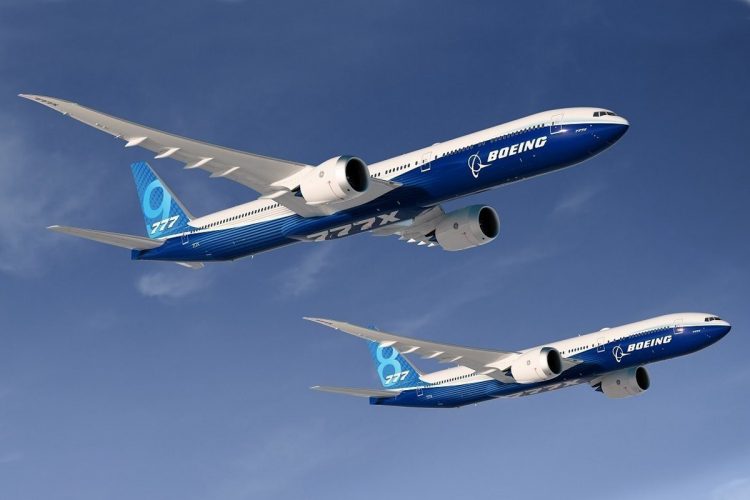
Embraer E175-E2
If Embraer’s E2 family of regional jets has been selling poorly, the smaller version, the E175-E2, catches the eye because it doesn’t have a single customer.
This is an extremely uncomfortable situation for the Brazilian manufacturer for one simple reason: the E175-E2 could be the most successful in the series, just like its predecessor. But Embraer took a risky move by expanding its capacity in the hope that the scope clause of the US airline-pilot agreement would be relaxed.
This not only did not happen, but it seems unlikely in the short term, because by allowing smaller aircraft in regional airlines associated with companies like American, United and Delta, these professionals will lose jobs with better salaries and will be replaced by cheaper professionals.
For this reason, the E175-E2’s sales orders disappeared from its backlog in 2018 and the jet is in an unusual situation, with the first flight taking place a few weeks ago with no guarantee that orders will be made until its certification in 2021. But Embraer remains confident that this picture will change in the future. It would be great for the E175-E2 not to join the sad group of jets no customer wants.
